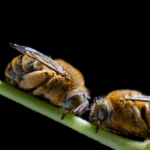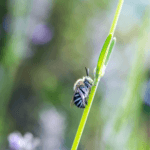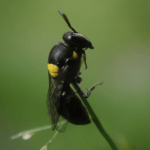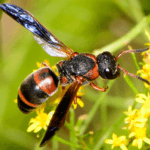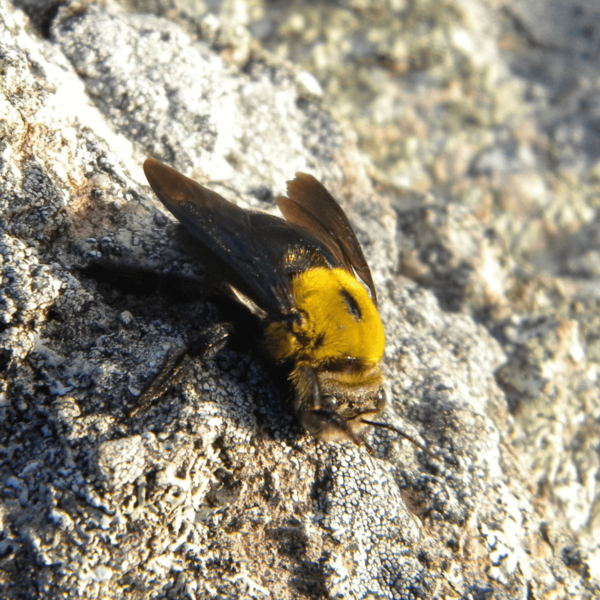
Yellow and Black Carpenter Bees: The Buzzing Builders of Australia
Within the vibrant tapestry of Australian biodiversity, yellow-and-black carpenter bees (Xylocopa species) emerge as industrious architects of nature. These captivating insects, adorned with striking yellow abdomens and black thoraxes, are renowned for their remarkable carpentry skills, meticulously carving out intricate nests within the sturdy timber of trees and shrubs.
With their powerful jaws and unwavering determination, yellow-and-black carpenter bees tirelessly excavate tunnels within the heart of wooden structures. They work diligently, shaping and smoothing the tunnels, creating a series of chambers that will serve as nurseries for their larvae.
If you encounter a yellow-and-black carpenter bee in your garden or home, treat it with respect and admiration. These remarkable insects are not pests, but rather essential players in the intricate web of life. Observe their industrious behavior, their skillful carpentry, and their vital role in pollination, and appreciate the beauty and diversity of nature that surrounds us.
Coexisting with Yellow-and-Black Carpenter Bees:
While yellow-and-black carpenter bees are generally harmless, their presence in homes can sometimes be unwelcome. Here are some tips for coexisting with these industrious insects:
Inspection and Prevention:
-
Regularly inspect your home for potential nesting sites. Yellow-and-black carpenter bees often nest in soft, untreated timber, such as eaves, door frames, and deck railings. If you find any signs of nesting activity, such as small holes or sawdust, consult with a pest control professional for advice on removal or relocation.
-
Seal up any cracks or crevices in your home’s exterior. This will help to prevent carpenter bees from entering your home in the first place.
-
Protect wooden structures with paint or sealant. This will make it more difficult for carpenter bees to excavate nesting tunnels.
- Contact Pest Experts for bee extermination. This will ensure a proper and safe extermination of these kind of bees.
Encouraging Natural Predation:
- Encourage the presence of natural predators. Birds, such as woodpeckers and kingfishers, prey on carpenter bees. By providing nesting sites and food sources for these birds, you can help to control carpenter bee populations.
Tolerance and Understanding:
- Be patient and understanding. Yellow-and-black carpenter bees are an important part of the Australian ecosystem. If they do venture into your home, try to tolerate their presence or relocate them gently outside.

